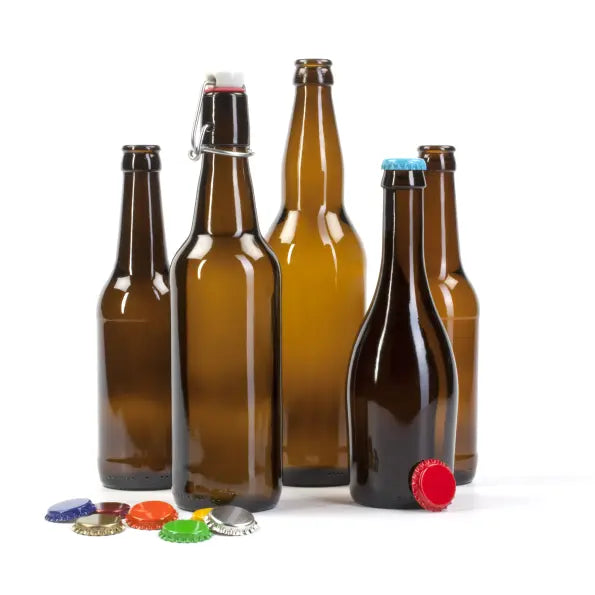The evolution of packaging for food preservation is deeply connected to human survival and innovation. From primitive underground pits to today's sterilization and pasteurization systems, preserving food has always been crucial.
Evolution of Packaging as Food Preservation Methods
In prehistoric times, people harvested food from nature using basic tools, consuming it on the spot. As agriculture and livestock farming developed, so did the need to store food to prevent shortages during wars, plagues, or bad harvests.
Early techniques relied on natural elements—air, sun, salt, fire, and ice—to extend shelf life. Preservation methods also depended on the environment, using caves for cooling, pits for protection, and sun drying for meat and vegetables.
Before ceramic containers emerged (around 6,500 BC), people used leather skins and wooden containers for liquids, baskets, and chests for solids.
Today, glass jars and bottles have become essential in food preservation—ideal for freezing, pasteurization, or vacuum sealing, widely used by homemakers, gourmet producers, and food businesses.
Key Historical Advances
-
Ancient Egypt used salt and smoke for curing.
-
Greeks coated fruits with beeswax and stored them in honey and resin-sealed containers.
-
Romans used sealed amphorae to store wine and create fish-based preserves (garum).
-
Visigoths prepared fruit preserves with honey (e.g., melimela).
Cane sugar, introduced by the Arabs in Spain, revolutionized preservation by allowing long-term fruit storage. Recipes like calabacinate and Burnía (figs with colored sugar) emerged.
In Northern Europe, snow was stored in stone icehouses (hieleras) for summer use.
Industrial Era
-
16th–17th centuries: Meat in pork fat and vegetables in brine became popular.
-
19th century: French cook Nicolas Appert invented the sealed jar boiling method, the precursor to modern canning and glass jar preservation.
-
Pasteurization, developed by Louis Pasteur in 1880, explained food spoilage through microorganisms.
20th Century Onwards
Technological advancements brought freezing, vacuum sealing, preservatives, and glass packaging innovations. Today, over 5,000 food additives are registered, but there’s a renewed push for natural, artisanal preserves.
More informed consumers now prefer glass containers and eco-friendly packaging to reduce chemical exposure and support sustainability.







